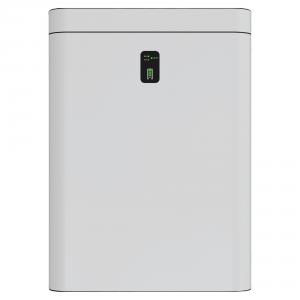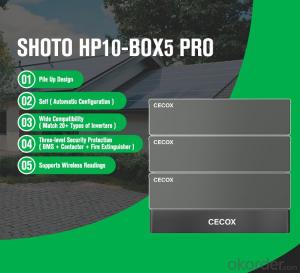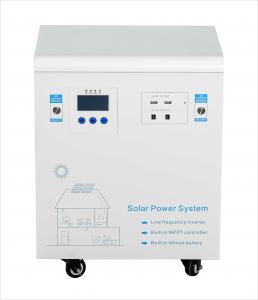Loading Port:China Main Port
Payment Terms:TT OR LC
Min Order Qty:-
Supply Capability:-
PE Jacket compound:
1. meet IEC standard
2. certification: ISO 9001
3. meet RoHS standard
4. customized colour
PE granule:
1. Applications and cable specifications of PE granule:
Flame retardant PE Jacket Compound for HV Cables.
2. Description of PE granule:
This product is specially designed for HV cables as Flame retardant jacket, which based on PE resin, and adding others additives. It has good characteristics of mechanical properties, environmental stress crack resistance, weatherability, flame retardant, and extruding processing. It applies to power cabls, optical cables, control cables, telephone cables, and signal cables as jacket.
3. Processing of PE granule:
Use single screw extruder to process, suggest to put one layer 60/80 strainer.
The following temperature(°C) profile of extruder is recommended:
Zone | Zone 1 | Zone 2 | Zone 3 | Zone 4 | Zone 5 | Zone 6 | Head | Die |
Temperature °C | 150 | 155 | 160 | 165 | 170 | 175 | 175 | 175 |
Note: Above information just for you refer, please adjust it according to equipment conditions and extruding situation.
4. Storage and transport of PE granule:
Packing: 25kg/bag, Aluminum foil or PE membrane inside bag and complex Kraft outside bag.
Storage: Avoiding in direct sunlight and weathering. Storage should be clean, cool, dry and ventilated.
5. Properties of PE granule:
Item | Unit | Standard Value | Typical | |
Density | ≤g/cm3 | 1.30 | 1.19 | |
Melt Flowing Index | ≤ g/10min | 2.0 | 1.2 | |
Volume Resistivity, at 20°C | Ω*m | 5.0×1012 | 6.8×1013 | |
Dielectric Strength | ≥ MV/ m | 20 | 25 | |
Tensile Strength | ≥MPa | 12.5 | 13.6 | |
Elongation at Break | ≥% | 450 | 680 | |
Impact Brittleness in low temp. | ≤°C | -45 | Pass | |
Resistance to Environmental Stress Crack F0 | ≥h | 500 | Pass | |
200°C Oxidative Induced Time | ≥min | 30 | Pass | |
Oxygen Index | ≥% | 28 | 28.6 | |
Thermal Aging | °C×h | 100±2/240 |
| |
Variation on Tensile Strength | % | ±25 | 5 | |
Variation on Elongation at Break | % | ±25 | -4 |



